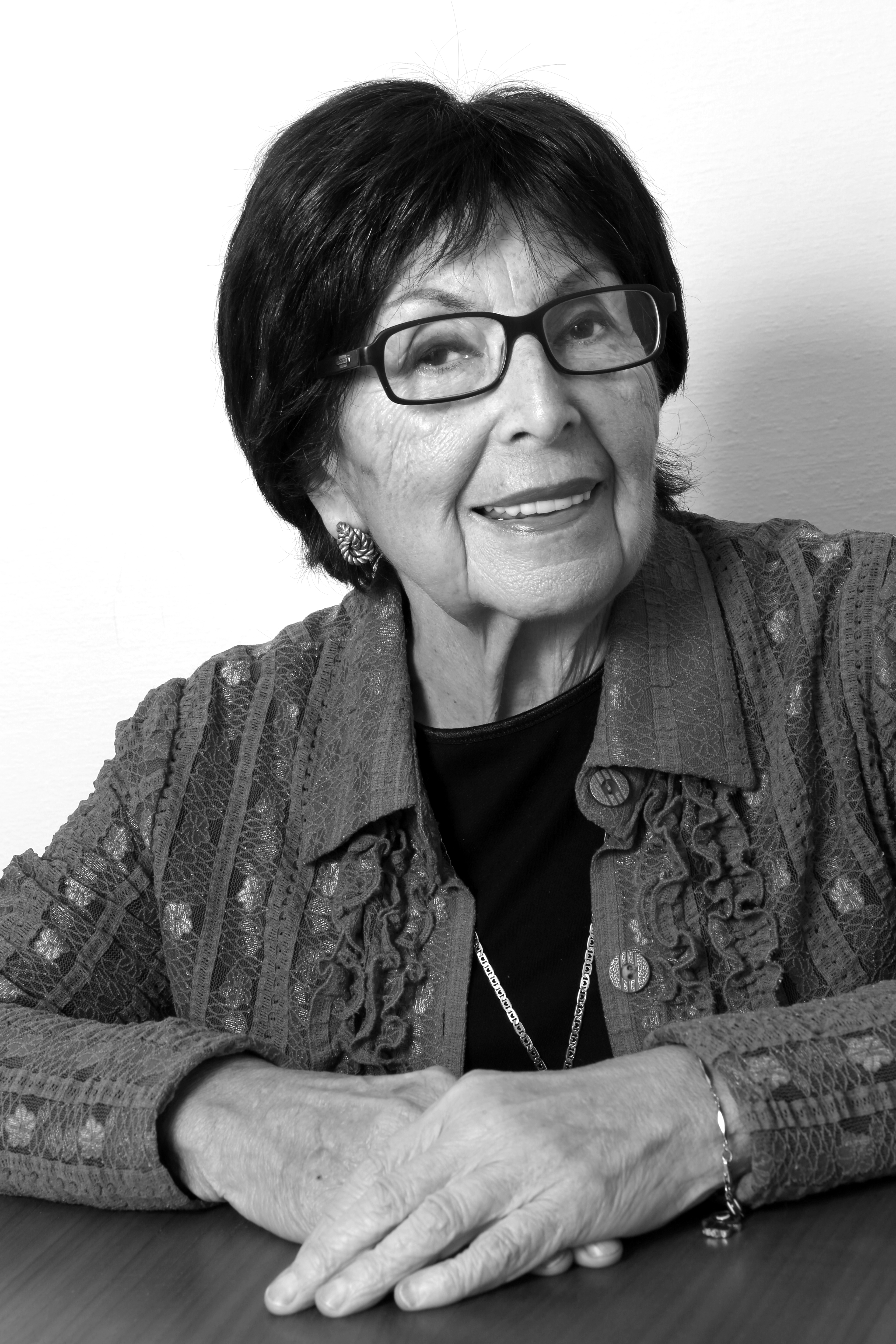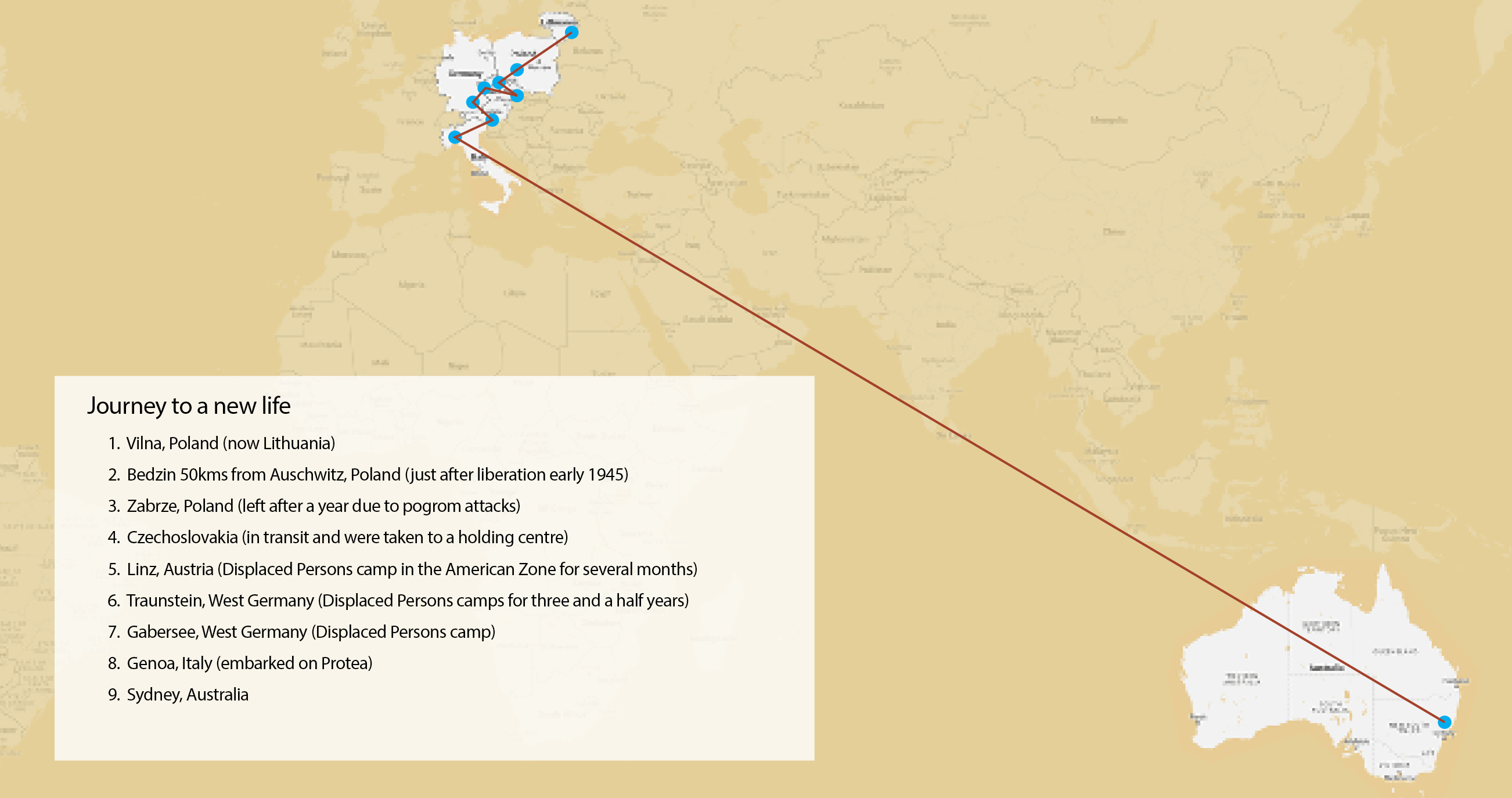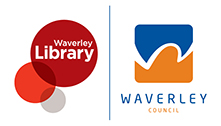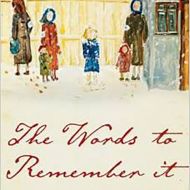Ruth Leiser
“You know Australia?” He said, “Australia? I have to have a look on the map.”
I was born in 1935 on a farm estate 28kms from Vilna, Poland (now Vilnius, the capital of Lithuania).
My mother, father, brother and I arrived in Australia on 31 March 1951.
Coming to Australia
By about 1950, my parents were still not sure if they could go to America and somebody said to my parents, "You know Australia?" He said, "Australia? I have to have a look on the map."
Bondi was the best place for me, and my parents too. They used to go down to Bondi Beach, sit on the grass - beautiful. That is something that was so beautiful that we thought it would never, ever happen during the war, that we'd never ever have such a life.
Surviving the war
My father was warned very early in the days of the occupation, he was warned to run, to flee, but then it was too late. There was no way of outrunning the German tanks.
Over a period of three very dangerous, life threatening years, we did survive as a family. One of the very, very rare ones from that region.
It was beyond human endurance what my parents went through. The option of leaving the children somewhere. It was not an option. We'll stay together. My father said, "We live or we die together."
Key Migration Wave - Holocaust Survivors
Australia has been the refuge for more Holocaust survivors per capita than any other country, apart from Israel. The Close Relatives Reunion Scheme after World War II allowed Holocaust survivors to enter on the basis of having family that already resided within Australia. There were a total of 27,000 Holocaust survivors in Australia who arrived between 1945-1961. With the passage of time, only a few are still with us, but their children and grandchildren are carrying on their legacy.

Listen to Ruth's Eat. Pray, Naches stories
Full transcript available here
Migration
Ruth talks about her remarkable survival during the Holocaust when she and her family hid underground in darkness for three years. After the end of World War II they came to Australia with the help of a man they didn't know.
Eat
Ruth talks about her mother’s cooking, eating a Christmas pudding for the first time and how to make cheese blintzes for Shavuot.
Pray
Ruth’s parents were very traditional Jews. Being part of a synagogue congregation was important to them as well as keeping the Jewish holidays. She recalls how they would meet other Holocaust survivors in Nielson Park to talk about their shared experiences.
Naches
Ruth never thought she would have true naches. Find out what naches means to her and how she started the Holocaust Child Survivors group in Sydney.






